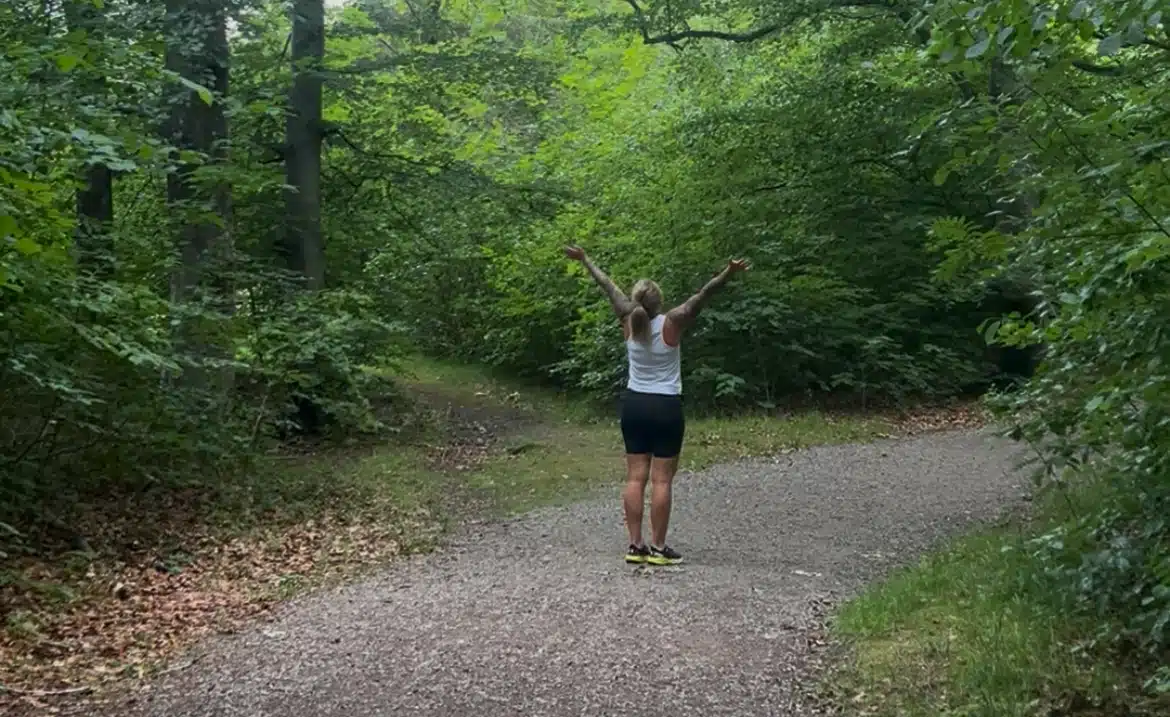
Forest Bathing: Nature’s Antidote for Stress and Overthinking
“When the mind is restless, the forest stills it.”
In today’s fast-paced, screen-heavy world, it’s easy to forget one of the simplest (and most powerful) tools we have for calming the nervous system and restoring balance: nature. More specifically—forest bathing.
Also known as Shinrin-yoku in Japan, forest bathing is not about exercise or hiking. It’s about slowing down, breathing deeply, and immersing yourself in the atmosphere of the forest. No phones. No step goals. Just you and nature. Forest bathing has become a staple in many biohackers’ routines, thanks to its well-known benefits for both health and longevity.
A Personal Reflection: How Nature Helped Me Heal
I’ve always turned to nature during emotional storms—sorrow, grief, anxiety. After a painful breakup, when I truly felt at rock bottom, walking in nature was the only thing that gave me relief. No podcast, no supplement, no well-meaning advice could reach the part of me that needed healing.
But the trees did. The stillness. The light through the leaves. The steady rhythm of footsteps on mossy ground. Forest bathing became more than a habit—it was my therapy.
What Science Says About Forest Bathing
Forest bathing isn’t just “woo.” It’s backed by science.
A 2020 systematic review published in Environmental Health and Preventive Medicine found that forest bathing significantly reduces cortisol levels, heart rate, and blood pressure while increasing parasympathetic nervous activity which is your body’s rest-and-digest mode.
Other studies show improvements in:
– Mood and emotional regulation
– Sleep quality
– Focus and working memory
– Natural killer (NK) cell activity – important for immune defense

Why It Works
Here’s the beautiful part: you don’t need to understand the “how” to experience the benefit. But science suggests a few reasons why forest bathing is so effective:
Phytoncides, natural compounds released by trees, have been shown to boost immunity.
Green scenery is known to calm the visual cortex and promote alpha brainwave activity.
Walking barefoot (grounding) or slowly through nature enhances nervous system regulation and vagal tone.

Sleep Better, Even After Screen Time
Modern life bombards us with artificial light that disrupts our circadian rhythm and melatonin production—making deep, restorative sleep harder to achieve.
Swannies Blue Light Blocking Glasses from Swanwick are designed to filter out harsh blue light from screens and indoor lighting. Whether you’re winding down after a long day or scrolling in bed, Swannies help protect your sleep quality—naturally.
Prioritize your rest. Support your brain and body with deeper, more restful nights.
How to Try Forest Bathing
No forest nearby? That’s okay. Here’s how you can recreate the experience:
1. Find a natural area—a park, botanical garden, or trail.
2. Leave distractions behind. No phone, no music, no multitasking.
3. Walk slowly. Breathe deeply.
4. Use all your senses—notice the sounds, colors, textures, and smells.
5. Stay present. No need to “do” anything—just be.
Even 20–30 minutes can make a difference.
Final Thoughts
We weren’t designed to live indoors, on screens, disconnected from the land. Forest bathing is a gentle reminder that healing doesn’t always come in a bottle or a breakthrough—sometimes, it comes from a tree.
If your mind is tired, go to where the world slows down. The forest is waiting.



